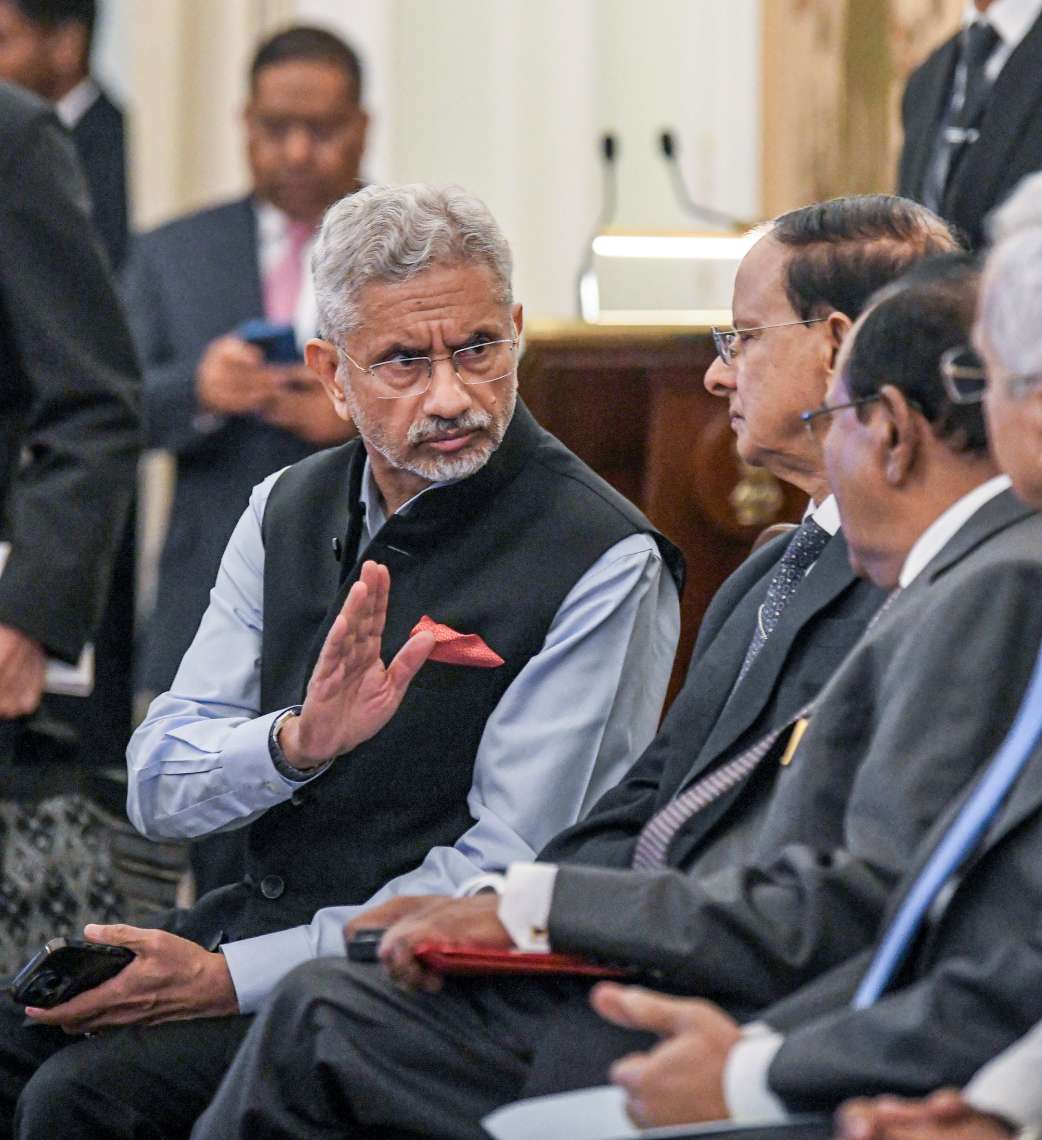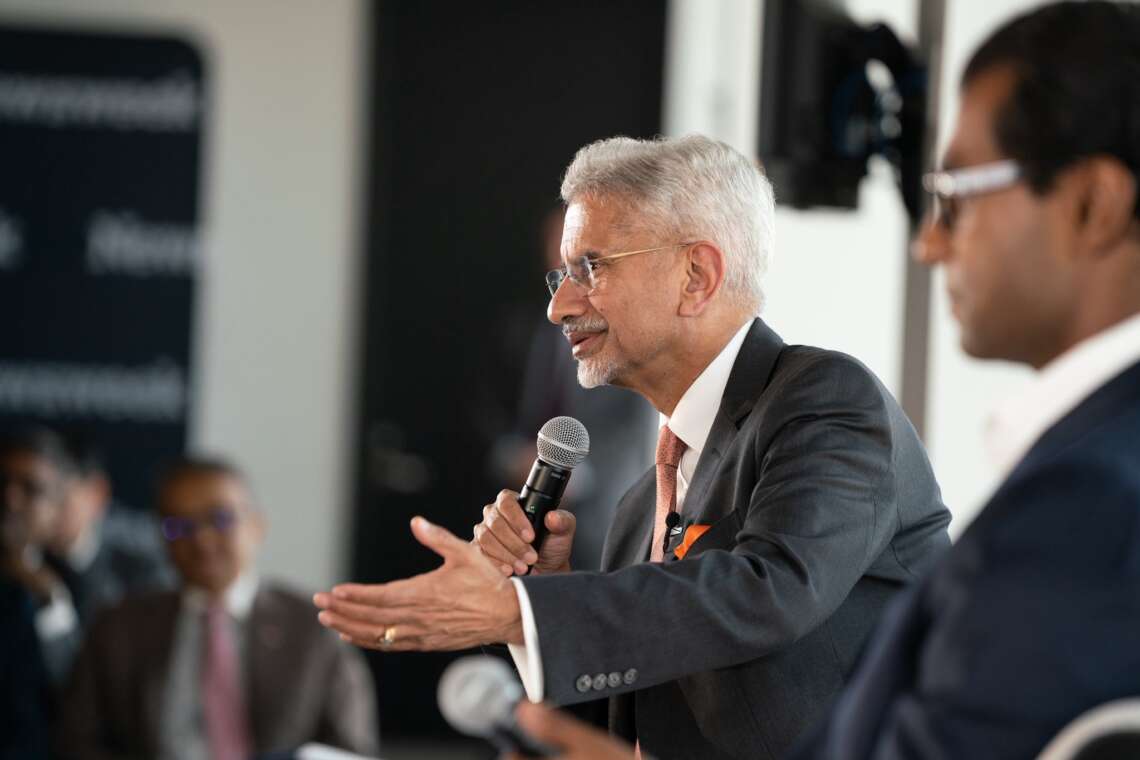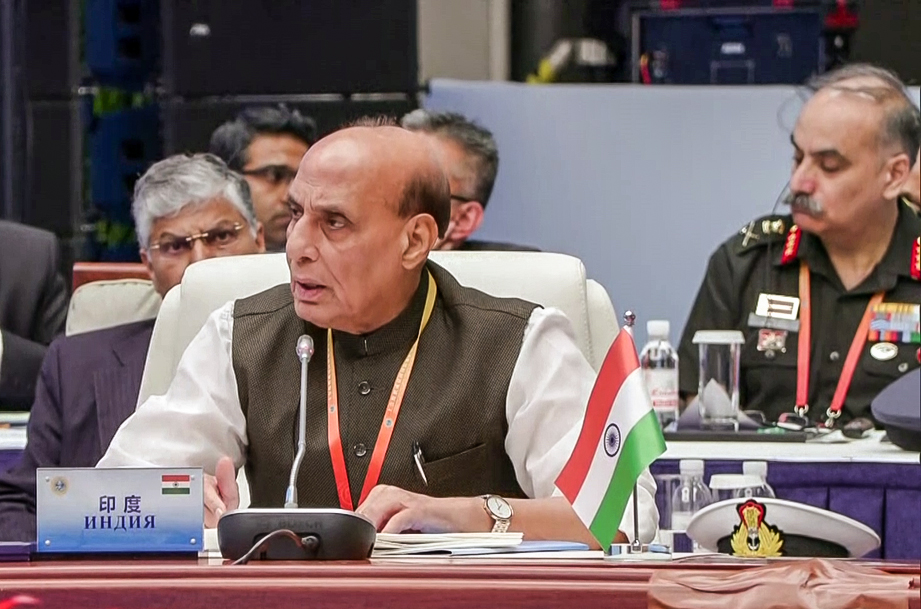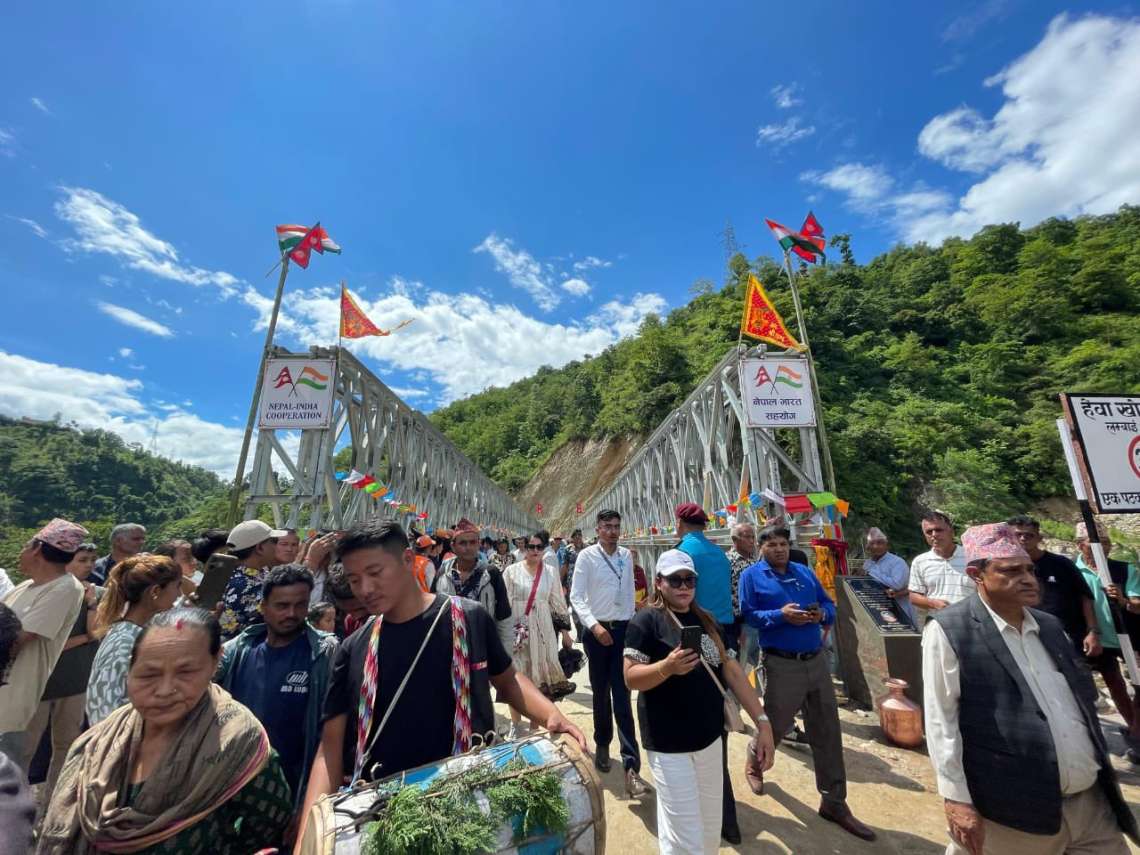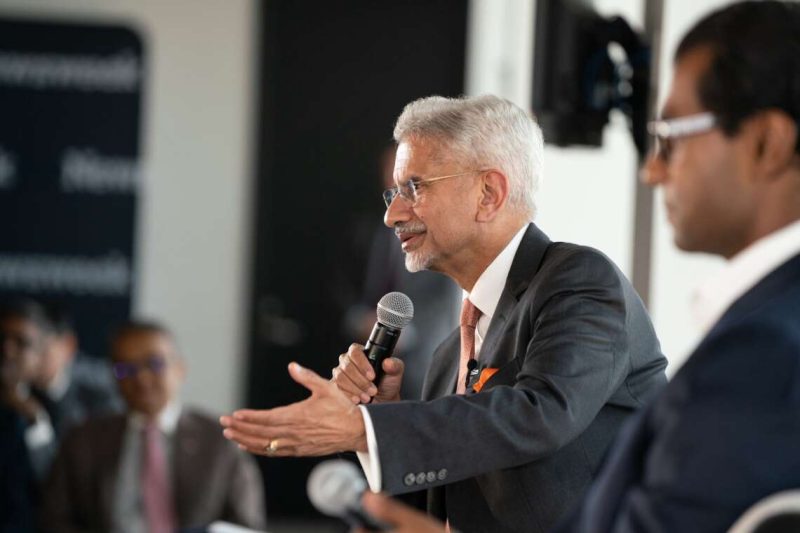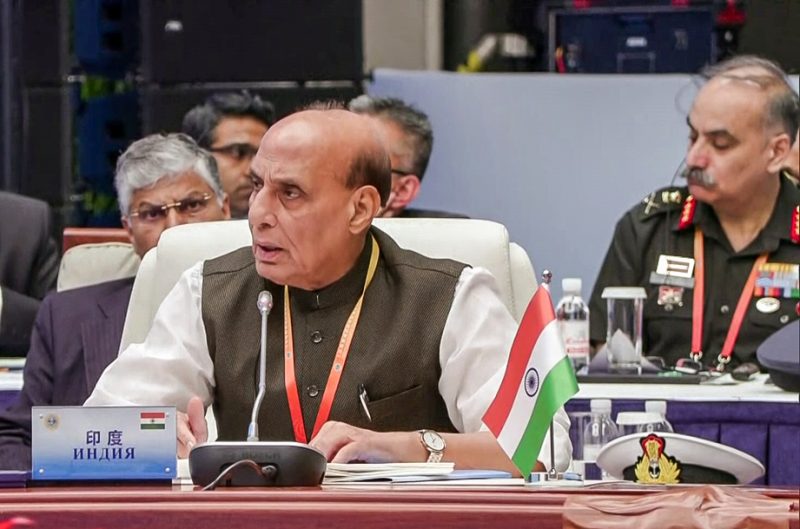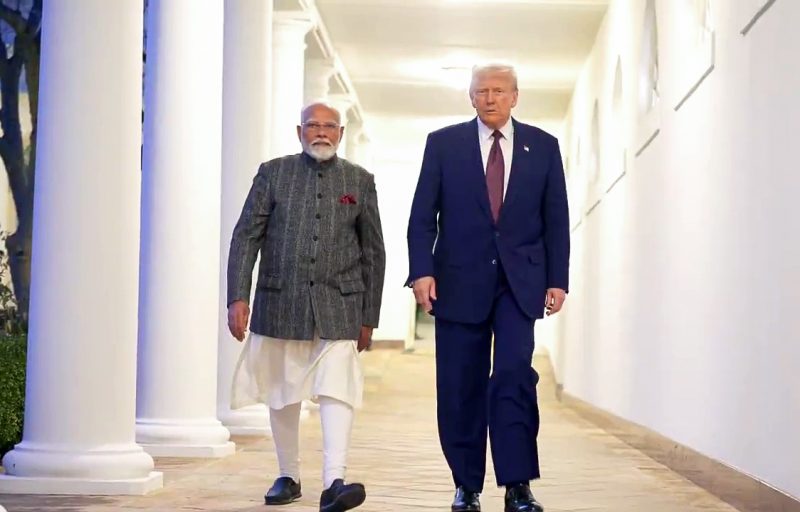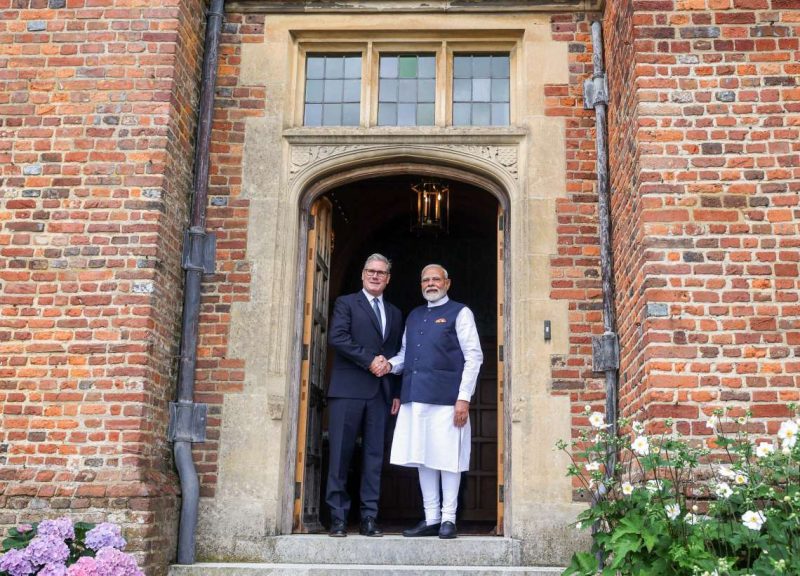India and the Eurasian Economic Union have signed terms to begin negotiations on a FTA, a pact that could reshape trade ties with the Russia-led bloc and unlock new opportunities for Indian exporters across energy, manufacturing and services…reports Asian Lite News
India and the Eurasian Economic Union (EAEU) have formally taken the first step towards negotiating a Free Trade Agreement (FTA), a deal that could reshape economic ties with a bloc representing a combined GDP of $6.5 trillion.
On Wednesday, officials from both sides signed the Terms of Reference (ToR) that will guide the forthcoming negotiations. The agreement was inked in New Delhi by Ajay Bhadoo, Additional Secretary in India’s Department of Commerce, and Mikhail Cherekaev, Deputy Director of the Trade Policy Department of the Eurasian Economic Commission (EEC).
During his visit, Bhadoo also held discussions with Andrei Slepnev, the EEC’s Minister in charge of trade. The heads of negotiation groups briefed Slepnev on the milestone achieved and set out the organisational steps required to begin formal talks.
The move comes against the backdrop of growing trade flows between India and the EAEU, which includes Armenia, Belarus, Kazakhstan, Kyrgyz Republic and Russia. According to official data, bilateral trade reached $69 billion in 2024, a 7 per cent increase on the previous year.
Officials said the proposed FTA could deepen this momentum by lowering tariff barriers, boosting investment and opening new opportunities for Indian businesses in a diverse market spanning Central Asia to Eastern Europe.
“The ToR provides the framework for negotiations and is expected to unlock untapped trade potential, increase investments and establish a stronger, durable India-EAEU economic partnership,” the commerce ministry said in a statement. “Both sides reaffirmed their commitment to the early conclusion of the agreement and to building a long-term institutional framework for trade cooperation.”
The ministry also highlighted that the FTA could particularly benefit Micro, Small and Medium Enterprises (MSMEs) by expanding market access and enhancing their competitiveness against rival economies.
The initiative is part of India’s broader push to strengthen its trade architecture through a network of bilateral and multilateral agreements. In a written reply to Parliament earlier this month, Minister of State for Commerce and Industry Jitin Prasada said that India had signed five major FTAs in the past five years, while several more were under negotiation.
Recent pacts include the India-Mauritius Comprehensive Economic Cooperation and Partnership Agreement (2021), the India-UAE Comprehensive Economic Partnership Agreement and the India-Australia Economic Cooperation and Trade Agreement (both 2022). This year has already seen the signing of the India-European Free Trade Association (EFTA) Trade and Economic Partnership Agreement, and the India-UK Comprehensive Economic and Trade Agreement, which is awaiting ratification.
Meanwhile, India has concluded negotiations for a Comprehensive Economic Partnership Agreement with Oman and is in advanced discussions on multiple fronts. These include talks with the European Union, Australia for a broader Comprehensive Economic Cooperation Agreement, Sri Lanka, Peru, Chile, New Zealand and the United States.
At the same time, older trade pacts such as the ASEAN-India Trade in Goods Agreement and the India-Korea CEPA, both concluded in 2009, are undergoing review and upgrade to align with contemporary trade realities.
Trade experts said the India-EAEU FTA negotiations carry weight not just in economic terms but also geopolitically. The EAEU, with Russia as its largest member, has been looking eastwards for new markets amid Western sanctions and shifting global trade dynamics. For India, deeper engagement with the bloc offers potential leverage in accessing natural resources, energy supplies and strategic transport corridors such as the International North-South Transport Corridor.
“The EAEU represents an underexplored but strategically important region for India,” said a senior trade analyst in New Delhi. “An FTA could diversify India’s export basket and reduce dependence on a few traditional partners, while giving Indian companies an edge in sectors ranging from pharmaceuticals to engineering goods.”
For New Delhi, the talks also fit into its broader ambition to position itself as a manufacturing and services hub in global supply chains. Officials believe preferential access to Eurasian markets could help Indian firms expand into sectors such as IT, healthcare, textiles and agriculture, while creating fresh avenues for investment cooperation.
The signing of the ToR is seen as a procedural but crucial step, laying out the framework and priorities for negotiations. Both sides are expected to set up dedicated working groups in the coming months to address issues such as tariff reduction, rules of origin, intellectual property, digital trade and dispute resolution mechanisms.
Commerce ministry officials said the government would consult industry stakeholders to ensure the final deal reflects the interests of domestic producers, particularly in sensitive sectors such as agriculture and steel.
While no timeline has been formally announced, both New Delhi and the EEC expressed a shared desire to move swiftly towards a conclusion. However, trade analysts cautioned that FTAs are complex undertakings and negotiations could stretch over several years, particularly given the diversity of the Eurasian bloc and India’s own domestic priorities.
Despite these challenges, the momentum generated by the signing of the ToR has been welcomed as a signal of intent. As global trade faces headwinds from protectionism and geopolitical tensions, India’s pursuit of new and diverse markets is seen as essential to sustaining growth.
“The India-EAEU FTA talks symbolise a pragmatic approach to trade diversification,” said the analyst. “The key will be ensuring that the agreement is balanced, sustainable and aligned with India’s long-term development goals.”
For now, the stage is set for negotiations that could open a new chapter in India’s economic diplomacy – one that links South Asia more closely with the vast Eurasian landmass, and potentially delivers lasting gains for businesses and consumers on both sides.


